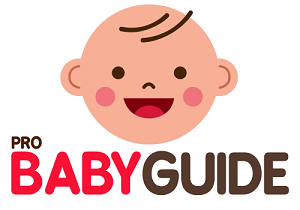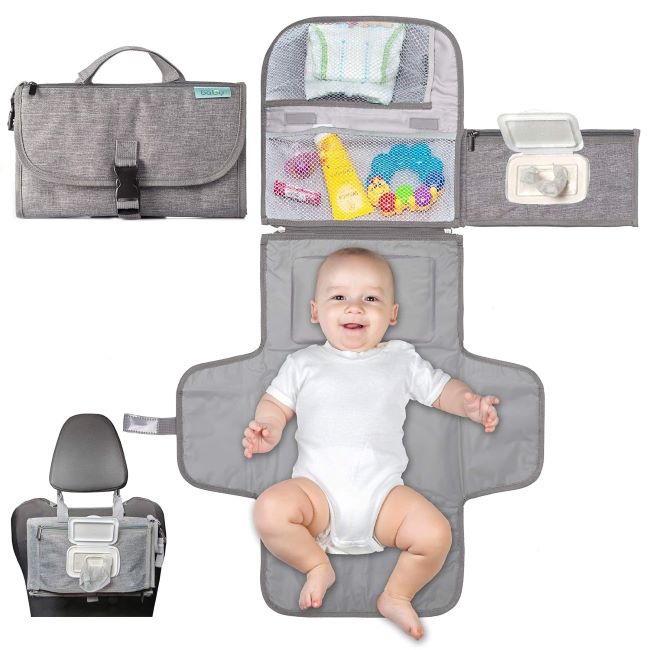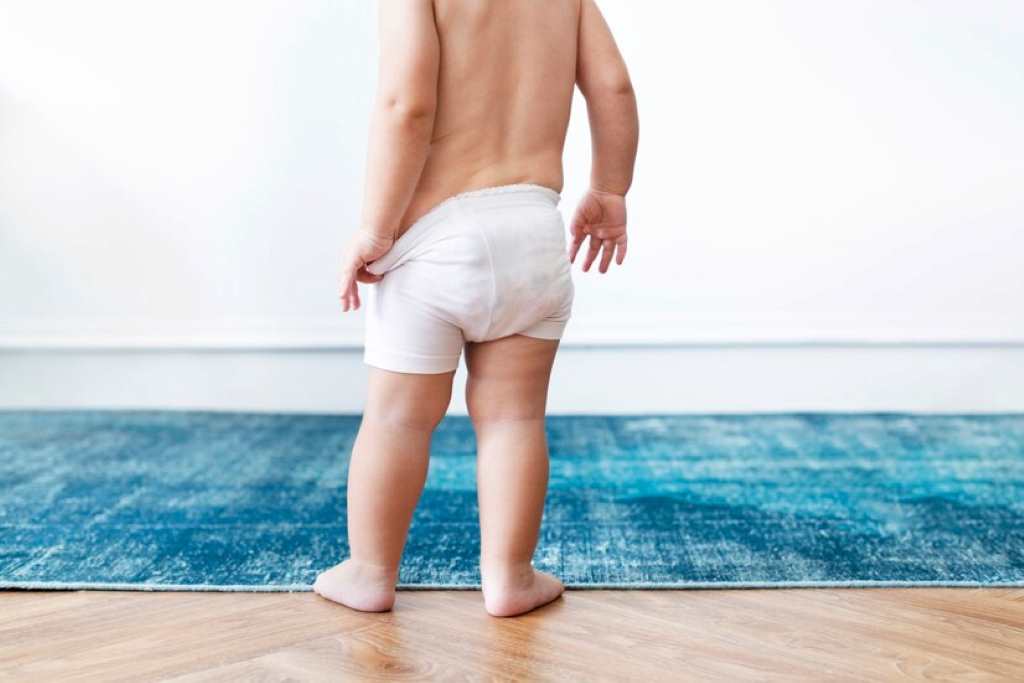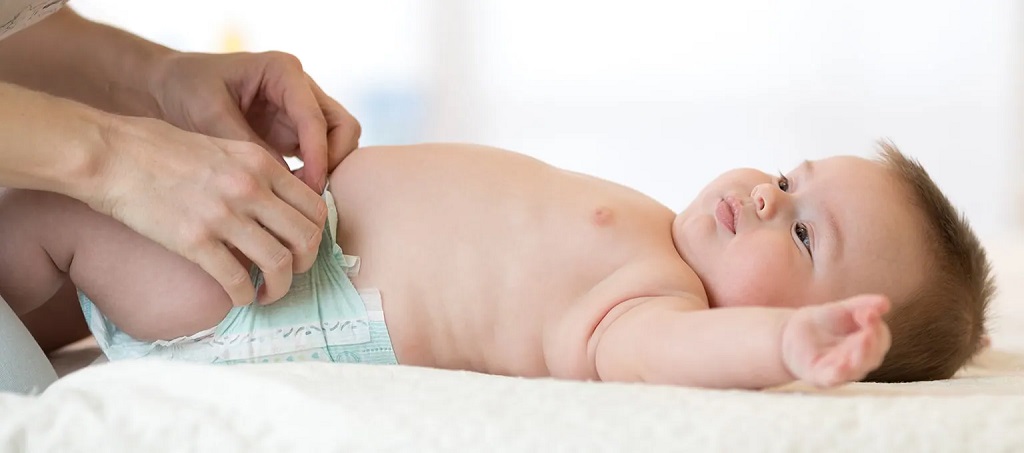Diaper rash, a common skin irritation that affects babies, can be a source of discomfort and distress for both the child and parents. Understanding its causes, prevention methods, and effective treatment options, such as how to heal diaper rash, is crucial for ensuring your baby’s comfort and well-being.
What is Diaper Rash?
Diaper rash, also known as diaper dermatitis, is an inflammatory skin condition that occurs in the diaper area. It typically presents as redness, bumps, or patches on the skin that come into contact with a diaper. While it’s most common in babies, it can also affect individuals who wear diapers due to incontinence or other medical conditions.
Causes of Diaper Rash:
Several factors contribute to the development of diaper rash:
- Moisture: Prolonged contact with urine and feces creates a warm, moist environment that promotes the growth of bacteria and fungi, leading to skin irritation.
- Friction: The constant rubbing of a diaper against the skin can cause chafing and irritation, especially if the diaper is too tight or made from rough materials.
- Irritants: Certain substances found in diapers, wipes, soaps, and detergents can irritate sensitive skin.
- Introduction of New Foods: When babies start eating solid foods, their stool changes, which can increase the likelihood of diaper rash.
- Antibiotics: Antibiotics can disrupt the natural balance of bacteria in the gut, making babies more susceptible to diaper rash.
- Yeast Infections: Candida albicans, a type of yeast, can thrive in the warm, moist environment of the diaper area, leading to a yeast diaper rash.
Symptoms of Diaper Rash:

Diaper rash can manifest in various ways, and its severity can range from mild to severe:
- Redness: The affected area appears red and inflamed.
- Bumps or Papules: Small, raised bumps may develop on the skin.
- Scaling or Peeling: The skin may become dry and flaky.
- Sores or Blisters: In severe cases, sores or blisters may form.
- Fussiness or Discomfort: Babies with diaper rash may cry or become irritable during diaper changes or when the affected area is touched.
How to Heal Diaper Rash:
Prevention is key when it comes to diaper rash. Here are some effective strategies:
- Frequent Diaper Changes: Change your baby’s diaper frequently, especially after bowel movements. Aim to change wet diapers every two to three hours.
- Gentle Cleansing: Use warm water and a soft cloth to clean the diaper area. Avoid harsh soaps and scrubbing.
- Thorough Drying: Pat the skin dry gently after cleaning. Avoid rubbing, which can irritate the skin.
- Diaper-Free Time: Allow your baby to go diaper-free for short periods each day to let the skin air dry.
- Barrier Creams: Apply a thin layer of diaper rash cream or ointment to create a protective barrier on the skin. Look for products containing zinc oxide or petrolatum.
- Proper Diaper Fit: Ensure the diaper fits snugly but not too tightly. Avoid using plastic pants or tight-fitting clothing that can trap moisture.
- Hypoallergenic Products: Choose diapers, wipes, and laundry detergents that are fragrance-free and hypoallergenic.
- Dietary Considerations: If you suspect certain foods are contributing to diaper rash, consult your pediatrician about possible dietary modifications.
Treating Diaper Rash:
Most cases of diaper rash can be effectively treated at home with simple measures:
- Keep the Area Clean and Dry: Change diapers frequently and clean the diaper area gently after each change.
- Air Exposure: Allow the affected area to air dry as much as possible.
- Barrier Creams: Apply a thick layer of diaper rash cream or ointment after each diaper change.
- Avoid Irritants: Stop using any products that may be irritating your baby’s skin.
- Sitz Baths: Give your baby a warm sitz bath for a few minutes several times a day to soothe the skin.
- Over-the-counter Medications: If the rash is severe or doesn’t improve with home remedies, consult your pediatrician about using over-the-counter antifungal or hydrocortisone creams.
When to See a Doctor:
While most diaper rashes resolve with home care, consult your pediatrician if:
- The rash is severe or widespread.
- The rash doesn’t improve after a few days of home treatment.
- Fever, blisters, or pus-filled sores accompany the rash.
- Your baby seems unusually fussy or uncomfortable.
Related: What is Considered a Wet Diaper: Everything You Need to Know
How to Heal Diaper Rash: Additional Tips
- Avoid Wipes with Alcohol or Fragrance: These ingredients can irritate sensitive skin.
- Use Disposable Diapers: Disposable diapers are more absorbent than cloth diapers, which can help keep the skin drier.
- Change Diaper Brands: If you suspect a particular brand of diapers is irritating, try switching to a different brand.
- Breastfeed if Possible: Breast milk contains antibodies that can help protect against infection.
- Wash Cloth Diapers in Hot Water: If you use cloth diapers, wash them in hot water with a gentle detergent to kill bacteria.
- Be Patient: It may take a few days for diaper rash to heal completely. Continue with home care measures even after the rash seems to be improving.
Related: How Long Can a Baby Stay in a Poopy Diaper
Conclusion:
Diaper rash is a common but often preventable skin condition. By understanding its causes, practicing good hygiene, and using effective treatment methods, you can help your baby stay comfortable and rash-free. Remember, if you have any concerns about your baby’s diaper rash, don’t hesitate to consult your pediatrician for guidance and support.




